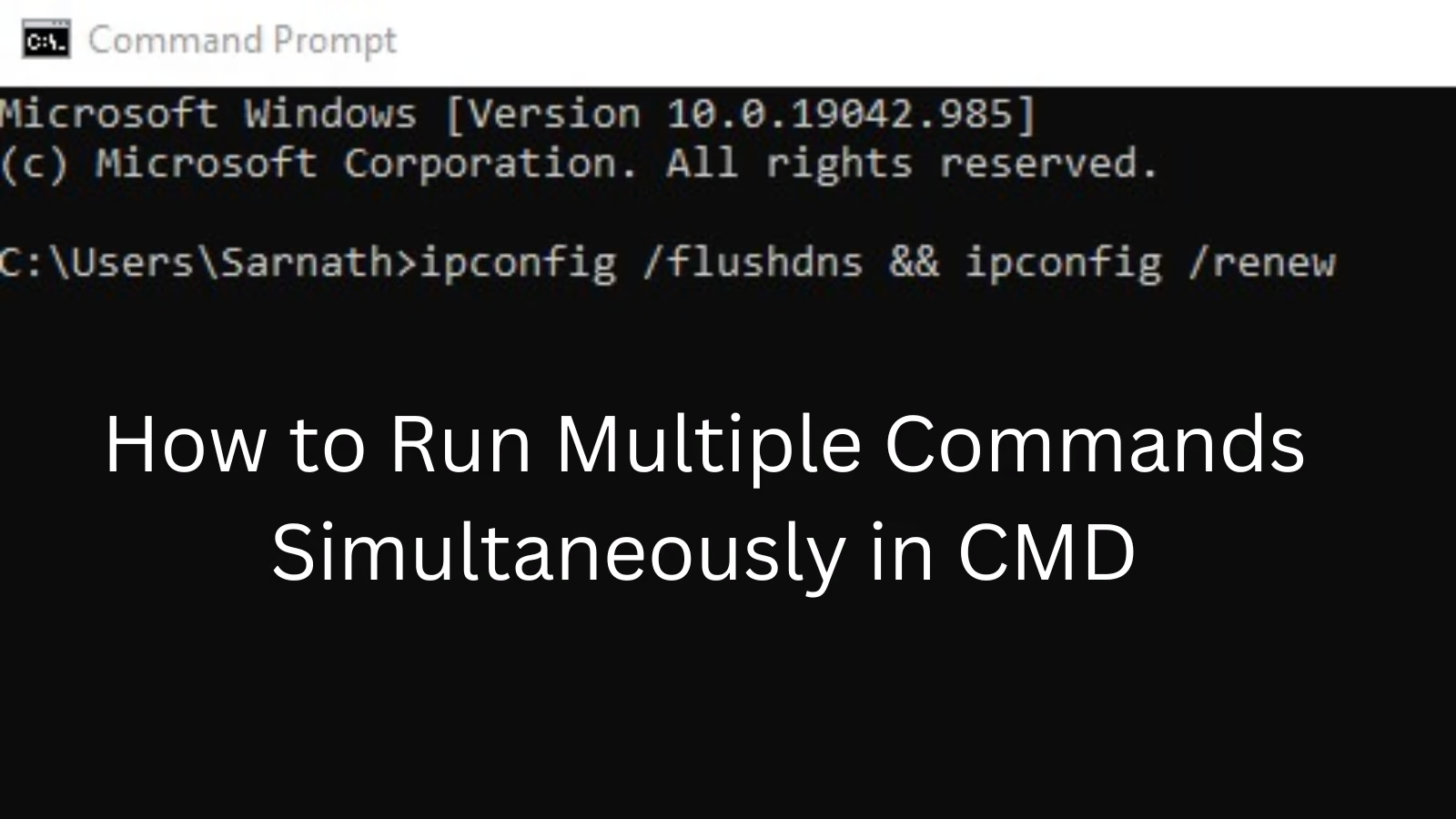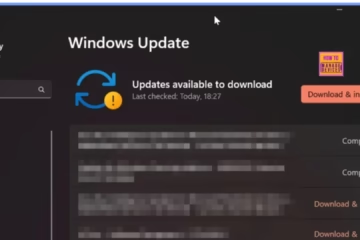CMD (Command Prompt) is a powerful tool that helps us control our system, automate various tasks, and perform advanced system administration tasks. In this article, we will discuss ways to run multiple commands simultaneously in CMD. This guide will explain to you step-by-step how you can execute your commands simultaneously and make your work faster and more efficient.
Benefits of Running Multiple Commands in CMD
Time-Saving: Time can be saved by running multiple commands simultaneously.
Automation: Many tasks can be automated in a single command line.
Simplicity: Instead of running separate commands, the process can be made easier by combining them in one line.
Ways to Run Commands Simultaneously in CMD
1. Using the & Operator
Using the `&` operator, you can run multiple commands simultaneously. This operator runs all the commands in sequence, whether any command succeeds or fails.
Example:
“`cmd
echo Command 1 & echo Command 2 & echo Command 3
“`
In the above example, all the three commands will run one after the other in sequence.
2. Use of && Operator
The `&&` operator is used when you want to ensure that the next command runs only if the first command succeeds.
Example:
“`cmd
mkdir TestFolder && cd TestFolder && echo “Folder created and navigated”
“`
Here, if `mkdir TestFolder` succeeds, only then the next commands will run.
3. Use of || Operator
The `||` operator is used when you want to ensure that the next command runs only if the first command fails.
Example:
“`cmd
mkdir ExistingFolder || echo “Folder already exists”
“`
Here, if `mkdir ExistingFolder` fails, then the `echo` command will run.
Adding Multiple Commands to Batch File
If you need to run multiple commands of the same type repeatedly, then storing them in a batch file is a good option. A batch file has the extension `.bat` or `.cmd`, and all the commands written in it are executed in sequence.
Steps to Create Batch File:
1. Open Notepad:
First of all, open Notepad.
2. Write Commands:
Write the commands you want to run.
Example:
“`cmd
echo This is a batch file
mkdir TestBatch
cd TestBatch
echo Batch file executed
“`
3. Save the File:
Save it with the extension `.bat`. Example: `example.bat`
4. Run the file:
Open CMD type the name of the batch file and press Enter.
Example:
“`cmd
example.bat
“`
Using Piping
Piping allows you to make the output of one command the input of another. This is especially useful with data processing and log files.
Example:
“`cmd
dir | find “Test”
“`
This command will list all files and folders in the folder that contain the word “Test”.
Using Scripts in CMD
If you need to accomplish complex tasks, you can use PowerShell or CMD Scripts. These scripts provide you with more customization and advanced functions.
Example:
“`cmd
@echo off
for %%f in (*.txt) do (
echo Processing %%f
type %%f
)
“`
This script will process all `.txt` files in the current directory.
Tips and Tricks
1. Use Administrator Mode:
Some commands require administrator rights to run.
2. Create Logs:
Use `>` or `>>` to save the output of commands to a text file.
Example:
“`cmd
dir > output.txt
“`
3. Use System Variables:
You can make your commands more effective by setting custom variables.
Example:
“`cmd
set myVar=HelloWorld
echo %myVar%
“`
Conclusion
Running multiple commands simultaneously in CMD makes your work fast and effective. In this article, we discussed various operators, batch files, piping, and other advanced techniques. By using these methods, you can make your tasks simple and fast.
Frequently Asked Questions (FAQ)
1. What is CMD?
CMD (Command Prompt) is a command line interface in the Windows operating system, which allows users to control the system through text-based commands.
2. Why should multiple commands be run simultaneously in CMD?
Running multiple commands simultaneously saves time and complex tasks can be easily automated. This method increases efficiency through batch files and operators.
3. Which operators are used in CMD?
Mainly three operators are used in CMD:
`&` Runs all the commands simultaneously in sequence.
`&&` The second command is run only if the first command is successful.
`||` Runs the second command only if the first command fails.
4. How to create a batch file in CMD?
Open Notepad.
Type all your commands.
Save the file with the `.bat` extension.
Run the file by typing the name of the batch file in CMD.
5. When is piping used in CMD?
Piping is used when the output of one command is to be made the input of another command. Example:
“`cmd
dir | find “Test”
“`
6. Is administrator mode required in CMD?
Yes, administrator rights are required to run some special commands. Open CMD with “Run as Administrator”.
7. How to save output to a file in CMD?
To save the output of any command to a file, use `>` or `>>`.
Example:
“`cmd
dir > output.txt
“`
8. What is the difference between CMD and PowerShell?
CMD is a basic command line interface, while PowerShell is a more advanced tool that provides additional features for scripting and automation.
9. Who can use CMD?
CMD can be used by anyone who uses the Windows operating system. It is especially useful for IT admins, developers, and advanced users.
10. How to set custom variables in CMD?
Use the `set` command to set custom variables.
Example:
“`cmd
set myVar=HelloWorld
echo %myVar%
“`











